Really Cool Chemical Reaction Experiments You Can Easily Do at Home
These chemical reaction experiments are some of my favorite science activities for middle school.
When you hear the term chemical reaction, do you visualize something exploding? Most of us do. But not all reactions are that noticeable.
We’re actually surrounded by chemical change every day without thinking about it. Transformations like rust, a match lighting, yeast in bread, or silver tarnishing.
During our chemistry studies, we learned about different reactions by completing a bunch of fun hands-on projects like the ones listed below.
Chemical Reaction Experiments
One of the best parts of teaching science at home is the fact that we get to add in as many experiments as we want. It’s important to schedule labs into your lesson plans because when science is interactive, kids have an easier time understanding the material.
Because we’re surrounded by chemical reactions all the time, it’s easy to study them.
Keep reading to see how you can inflate a balloon with baking soda and vinegar, grow crystals, create something that oozes, and lots more – all with different chemical reactions.
What is a Chemical Reaction
So what exactly is a chemical reaction? It is when a chemical change occurs.
The substances you start with react together and form something different. The reactants create a product. Bonds keeping atoms together are either broken or formed to create new molecules.
How do you know a chemical change has occurred? Look out for:
- vaporization (production of gas)
- precipitation (creation of a solid)
- change in color
- change in temperature
- change in properties
In our science co-op, we learned about four types of reactions.
Synthesis
- This is the simplest type of chemical reaction. It’s when two or more reactants are combined to create a more complex product.
- A + B → AB
Decomposition
- Decomposition is when a compound is broken down into its separate parts.
- AB → A + B
Single replacement
- This occurs when an element’s place in a compound is taken by another element.
- A + BC → AC + B
Double replacement
- In a double replacement, the ions in compounds are switched, creating a new compound.
- AB + CD → AD + CB
Any links in this post may be affiliate links. See my disclosure statement.
Baking Soda and Vinegar Balloon Experiment
What happens when you mix vinegar and baking soda in a balloon? Well, that’s what you’re going to find out during this lab.
This popular experiment may seem quite simple, but when you add in scientific questions, it makes it perfect for a middle school science lesson.
To make it super easy for your tweens to complete this baking soda and vinegar balloon lab, use these helpful printable worksheets.
You’ll need:
- a balloon
- plastic bottle
- vinegar
- baking soda
- measuring spoons
- funnel
Balloons Baking Soda
Baking Soda Distilled White Vinegar
Distilled White Vinegar Measuring Spoons
Measuring Spoons Plastic Funnel
Plastic Funnel
- Using the funnel, add 3 TBSP of vinegar into the bottle.
- Dry off the funnel or grab a new one.
- Put the funnel into the balloon and add 1 tsp of baking soda into the balloon. Shake it so the powder falls into the large part of the balloon.
- Pull the funnel out of the balloon.
- Carefully, stretch the balloon over the bottle opening, making sure that the baking soda remains in the balloon.
- Lift up the balloon, letting the baking soda fall into the vinegar and watch the balloon inflate!
Some questions for your tweens to consider:
- What do you think will happen?
- What type of change took place?
- What happened?
- How long did the reaction continue?
Chemical Change Experiments
There are a number of activities you can do to at home that will physically show that a chemical change has occurred.
Add a couple of these labs to your science lessons to help your middle schooler understand the science behind chemical reactions.
Or use them as part of some summer science experiment fun over break for your middle schoolers!
Elephant Toothpaste Experiment
Kids get a kick out of seeing how hydrogen peroxide can be used to create something that oozes everywhere with this elephant toothpaste experiment.
Homemade Crystals
Use borax and pipe cleaners to grow your own crystals. While this shows you how to make crystal ornaments, you can actually make anything you’d like, just shape it from the pipe cleaner.
Foam Cup Meltdown Science Experiment
Foam cup meltdown! Show your kids how a foam cup melts when it comes in contact with acetone.
Lava Lamp Science Project
Making your own groovy lava lamp isn’t just a cool DIY project for tweens. It’s also a fun science experiment.
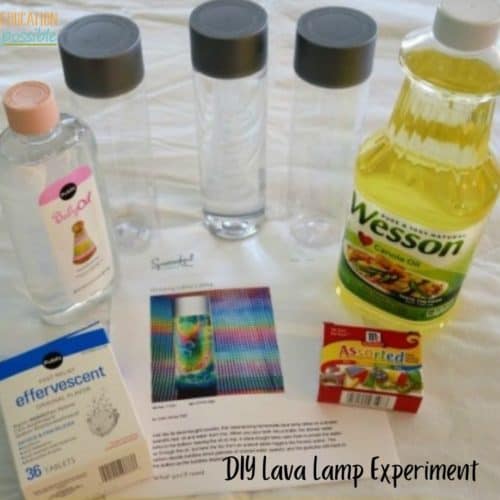
Penny Chemistry Experiment
In this clean penny experiment, tweens will tarnish some pennies to see how the copper reacts to oxygen and clean others to view how hydrogen chloride works with sodium acetate. Pretty cool penny chemistry.
Amazing Chemical Reactions
Check out 27 of the most amazing chemical reactions. Prepare to be blown away!
As you can see, there are a wide variety of safe and fun experiments you can do at home with your older kids to help them learn about chemical change as part of their chemistry studies.
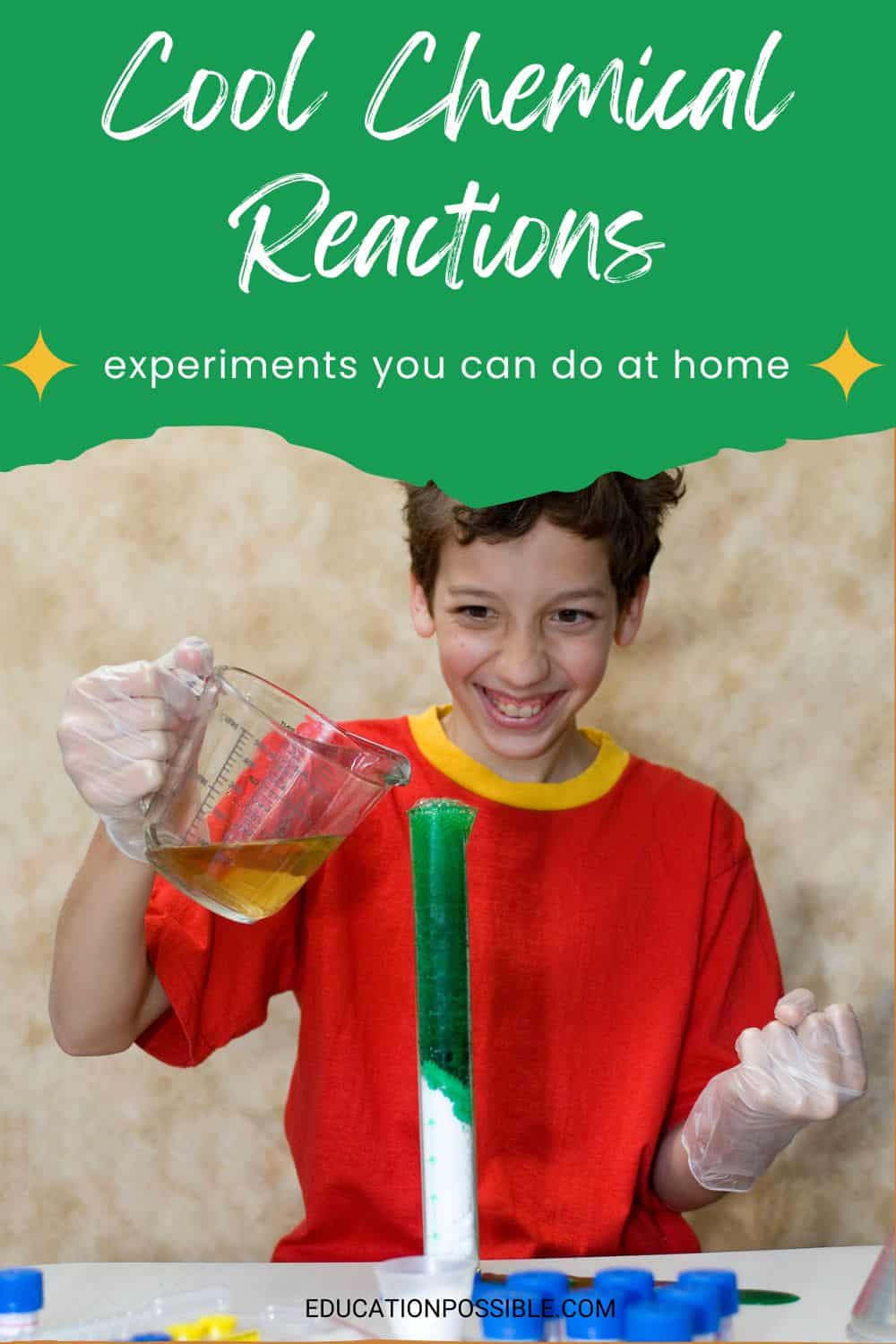
Chemistry Experiments for Middle School
Here are some more chemistry experiments you can do at home with your tweens.
- Middle School Chemistry – Solids and Liquids
- Middle School Chemistry – Acids and bases
- Middle School Chemistry – Build Atoms With Candy
How to Teach Chemistry in a Fun Way
Use these helpful tools to make chemistry fun for your middle schoolers. They all make it easy to do science at home.
- Amazing Kitchen Chemistry Projects You Can Build Yourself has a bunch of chemistry labs you can complete in your kitchen.
- Chemistry for Every Kid includes 101 different experiments that are perfect for homeschoolers.
- Use this Stir-It-Up Chemistry Lab for some easy chemical change experiments.
- Build a volcano using a helpful kit.
And don’t forget your printable worksheets – they’ll make it super easy to do a chemical change experiment at home using just baking soda, vinegar, and balloons!
What are your favorite chemical reaction experiments for middle school?
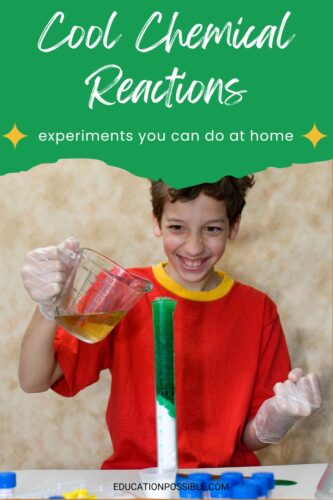
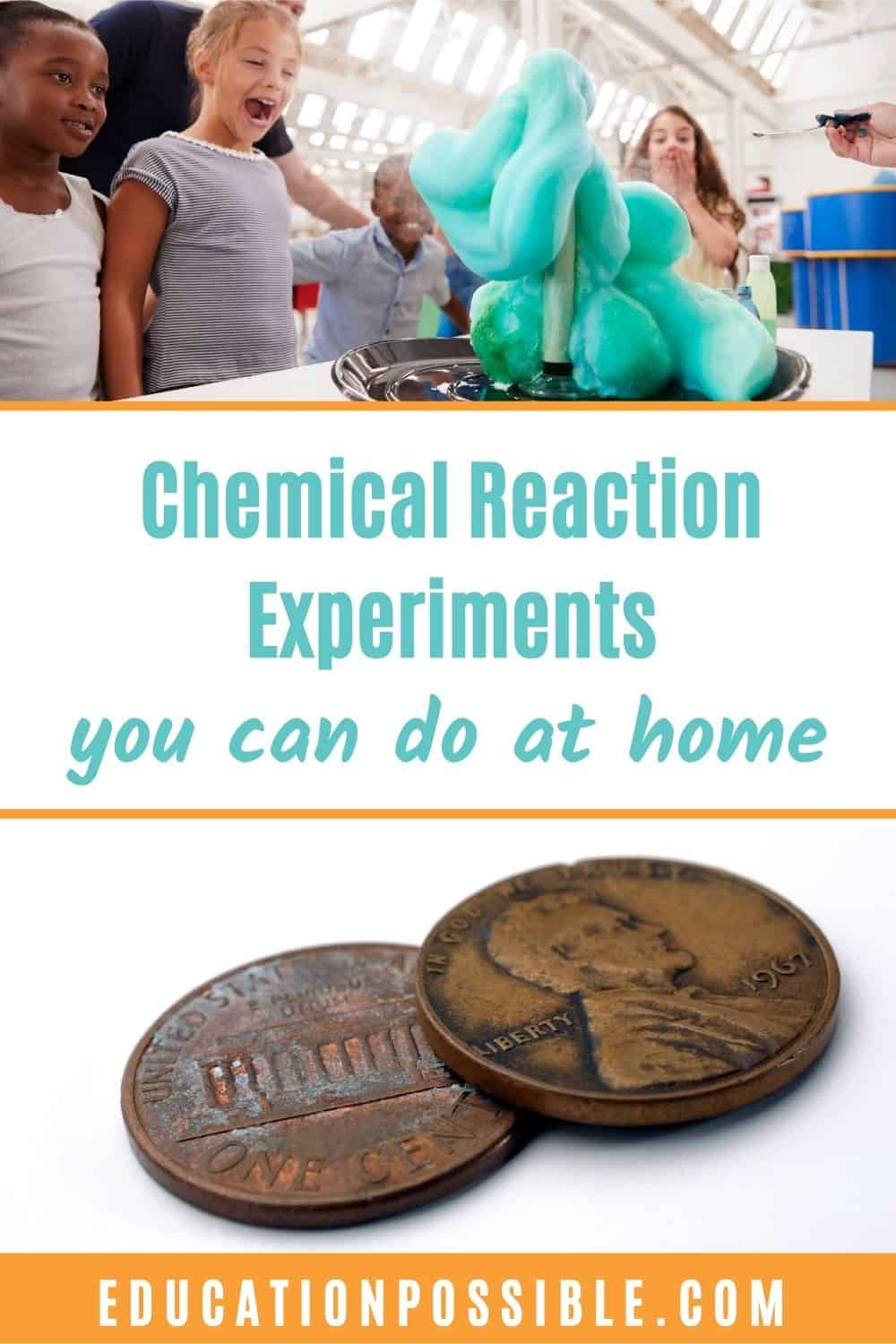





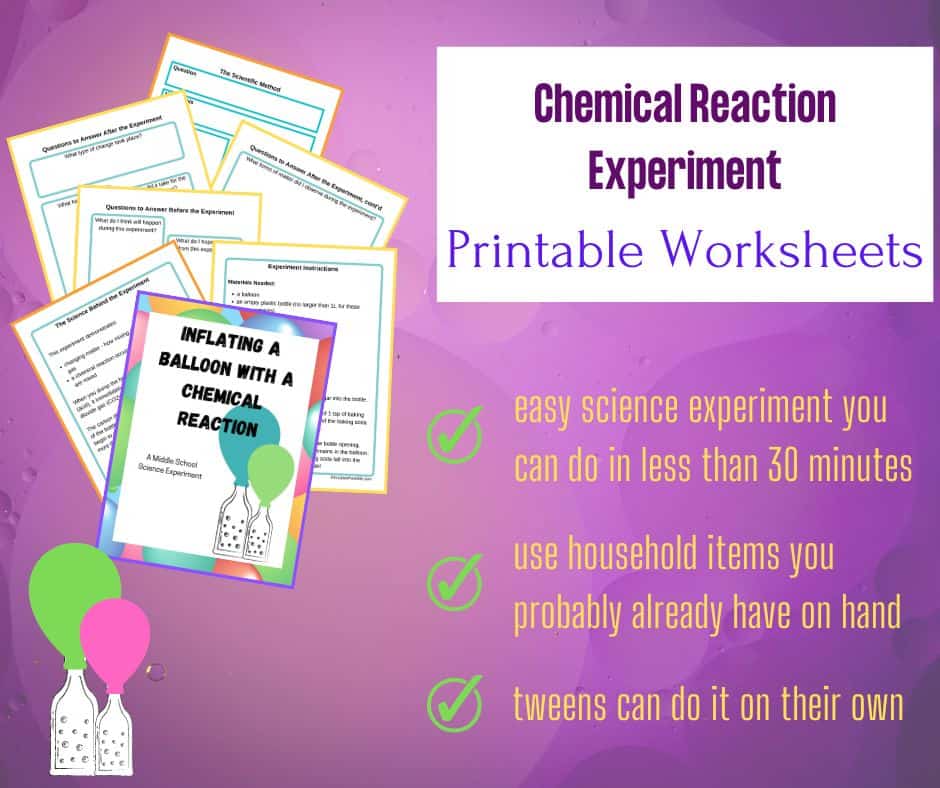
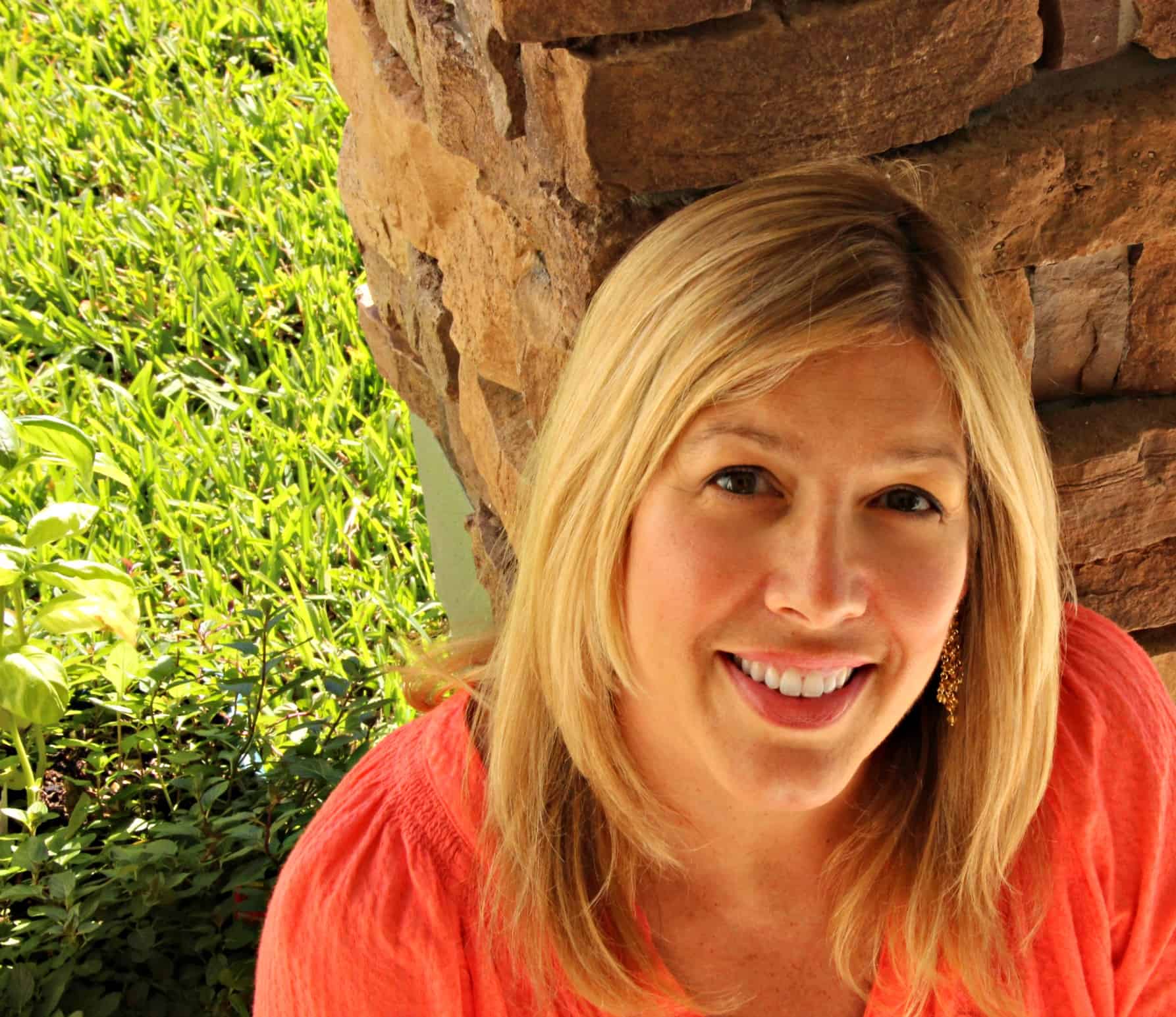
I LOVE this!!! I really like how you summarized the 4 types of reactions. We are covering chemistry come Jan and look forward to trying many of these ourselves.
Thanks Eva! We’ve really been enjoying chemistry this year. We also spent some time balancing equations during our co-op. It was tricky, but they finally got it.